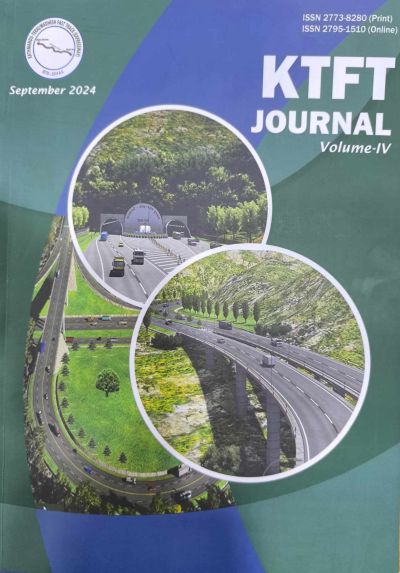Comprehensive Review of Thin White Topping for Asphalt Road Enhancement
DOI:
https://doi.org/10.3126/ktftj.v4i1.70417Keywords:
Thin Whitetopping (TWT), road rehabilitation, pavement, cost-effective repair, environmental impact, infrastructure sustainabilityAbstract
Maintaining and rehabilitating aging pavement infrastructure is a significant challenge faced by transportation agencies worldwide. Most bituminous pavements exhibit early signs of deterioration and need to be periodically maintained in order to remain strengthen. Traditional methods like bituminous overlays, while common, have limitations in terms of durability, maintenance requirements, and life cycle costs. Thin Whitetopping (TWT) emerges as a promising alternative, offering a robust, long-lasting, and ultimately more economical solution for pavement rehabilitation.
This research paper explores the advantages of TWT over bituminous overlays, delving into its superior performance characteristics, life cycle cost benefits and environmental considerations. It also discusses key design considerations and construction practices for successful TWT implementation.




